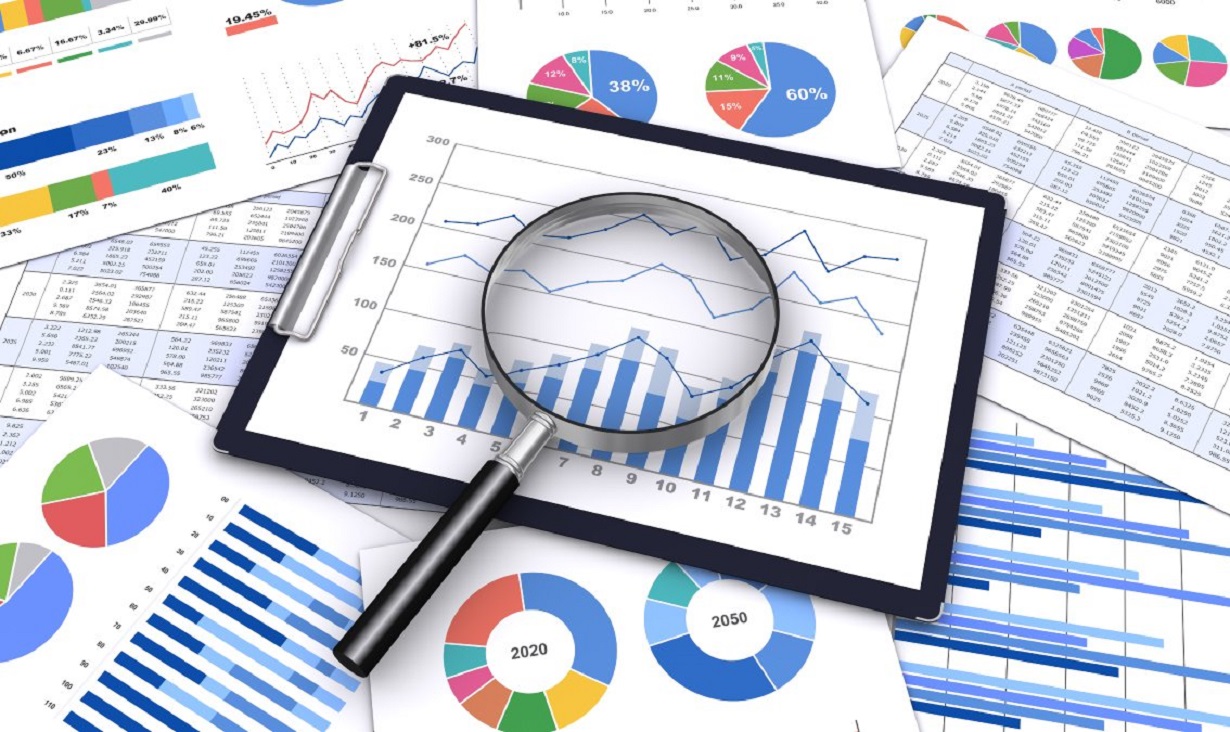Digital technology has revolutionized many things in today’s world. One such area that has seen dramatic improvement is quality of data. For individuals and organizations that rely on data for decision making, organizational development and programmatic efficiency, digital technology has replaced paper surveys and reduced the physiological burden associated with obtaining and analyzing that data.
There may still be the need to use paper-based surveys in-field data collection, however ease of survey construction, deployment, data submission, aggregation and management make digital tools the preferred solutions in today’s world. Generally, deploying digital technology for data collection is mostly less costly, efficient in terms of speed, assures data quality, and provides opportunity for real-time data tracking and validation.
The video below is an introduction to designing data collection tools and protocols using Kobo Toolbox. This is an open source available to everyone for free. This video introduces the basic features and functions in Kobo, and sets the tone for more advanced learning in data collection design. It is the first in a three part tutorial. The next video will cover advanced features such as constructing skip logic, applying cascading and validation criteria, and calculate functions. We will also cover development of basic and advanced XLS forms. In the last part of the series, we shall explore the interplay between Geographic Information Systems and Kobo Toolbox, and how these tools can be integrated for data analysis and visualization.
Remember to subscribe to the YouTube channel, and like the video. Comments are welcome and will be addressed within 48 hours.








